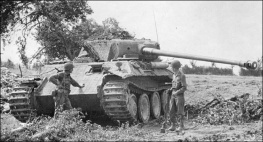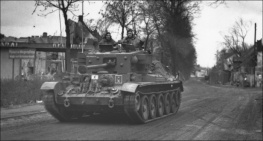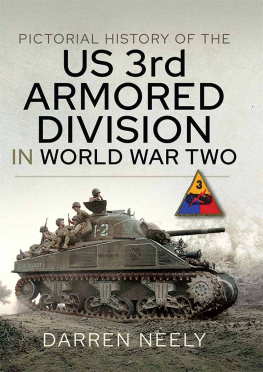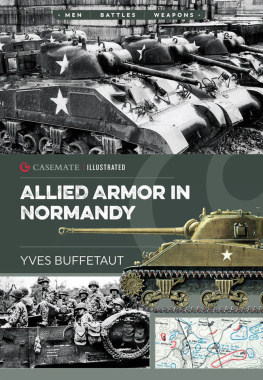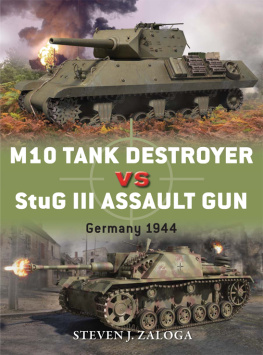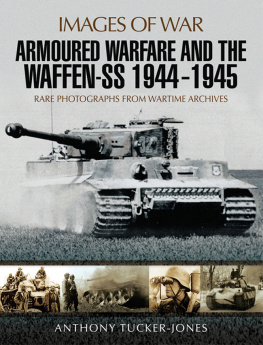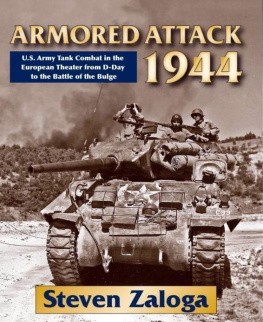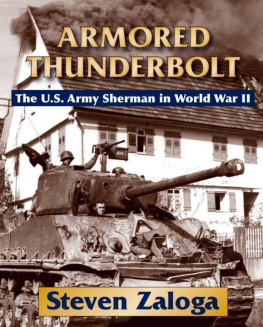First published in Great Britain in 2017 by Pen & Sword Military
An imprint of Pen & Sword Books Ltd
47 Church Street, Barnsley, South Yorkshire, S70 2AS
Copyright Pen & Sword Ltd, 2017
Artwork copyright Dennis Oliver
ISBN 152 6710 935
eISBN 9 7815 267 1095 6
Mobi ISBN 9 7815 267 1094 9
The right of Dennis Oliver and Oliver Publishing to be identified as the Authors of this work has been asserted by them in accordance with the Copyright, Designs and Patents Act 1988.
A CPI catalogue record for this book is available from the British Library.
All rights reserved. No part of this book may be reproduced or transmitted in any form or by any means, electronic or mechanical including photocopying, recording or by any information storage and retrieval system, without permission from the publisher in writing.
Pen & Sword Books Ltd incorporates the Imprints of Pen & Sword Military, Pen & Sword Family History, Pen & Sword Maritime, Pen & Sword Aviation, Pen & Sword Discovery, Wharncliffe Local History, Wharncliffe True Crime, Wharncliffe Transport, Pen & Sword Select, Pen & Sword Military Classics, Leo Cooper, The Praetorian Press, Remember When, Seaforth Publishing and Frontline Publishing.
For a complete list of Pen & Sword titles please contact
PEN & SWORD LIMITED 47 Church Street, Barnsley, South Yorkshire, S70 2AS,
England
E-mail:
INTRODUCTION
The armoured fighting vehicles which had served the German Army throughout the initial Blitzkrieg period had proved more than adequate, allowing the Panzers to storm through Poland and to bring the French Army to its knees in a matter of weeks. With the surrender of France and the evacuation of the British Army from the Continent, Hitler considered the Western Front to be secure and almost immediately ordered his generals to prepare for an invasion of Soviet Russia, expecting that his fast-moving armoured units would meet with the success that they had by now come to regard as routine. The codename for the coming operation would be, as many readers will know, Barbarossa.
The Wehrmachts knowledge of the Red Armys tank force had been acquired almost completely through their observations of friendly Soviet units in Poland in 1939 and Russian films and newspaper reports. The latter were of course largely propaganda efforts designed to impress the outside world with the sheer number of tanks the Russians would be able to mobilise in the event of war. Perhaps quite deliberately the Soviet government created the impression that their armoured units were composed of light or outdated models and this is what the Germans believed. The very existence of the T-34 medium and KV heavy tanks was concealed and it therefore came as quite a shock when on 23 June 1941, less than 48 hours after the commencement of the invasion, German units encountered the first T-34 and K-V1 and K-V2 tanks. These Russian tanks proved especially deadly to the lighter German models, which made up the bulk of the Panzerwaffe, inflicting heavy casualties on the Czech-built 35(t) tanks of Panzer-Regiment 11 and destroying their supporting anti-tank screen by simply running over the guns and their crews. Elsewhere, on the same day, the Pzkw IV tanks of Panzer-Regiment 1, armed with the 75mm gun, found that they needed to close to ranges of less than 100 metres in order to stop a T-34 or KV. The success of these Soviet types is even more impressive when it is considered that the Germans deliberately avoided tank versus tank actions during the first stages of the operation ().
As the campaign dragged on it became all too clear that the Red Army was not beaten and although most of the Soviet tank force had been destroyed within the first two weeks of the commencement of Operation Barbarossa, the Russians always seemed capable of replacing their losses, horrendous as they were. It was obvious that a better armoured, more powerful tank would be needed in the coming months and as early as November 1941 a committee made up of army officers, weapons designers and representatives of the various manufacturers was tasked with finding a solution and immediately set about studying the Russian designs. It is probable, in fact almost certain, that the name Panther was chosen at this time.

Panther tanks of I.Abteilung, Panzer-Regiment 16 of 116.Panzer-Division probably photographed at the Grafenwhr training grounds in Germany during the late summer of 1944 as indicated by the debris guard over the mantlet of the second tank in line. The battalions training would not be completed in time for these tanks to take part in the Normandy battles and their place within the division was filled by I.Abteilung, Panzer-Regiment 24. Although the gun barrel of each tank appears to be painted in the dark grey heat resistant primer used at the assembly plants, some attempt has been made to cover them with camouflage paint, possibly Rotbraun. At far left is a copy of the Panther-Fibel , an illustrated manual issued to Panther crews from 1944.
Notes
. A basic principle of the concept of Blitzkrieg was that armoured units would intentionally bypass enemy strongpoints, avoiding the attritional battles that were sure to ensue, penetrating deep into the enemys rear, causing as much havoc and confusion as possible. To this end, heavy armament was thought to be necessary only when obstacles such as concrete bunkers were encountered. This system had worked well in Poland and seen phenomenal success in France. Russia would, however, prove to be a different matter.
Within weeks the firm of Daimler-Benz together with Maschinenfabrik Augsberg-Nmburg (MAN) had been contracted to begin work on prototypes for the hull and suspension of a tank in the 30 tonne class. As the main armament chosen was the Rheinmetall-Borsig 7.5cm L/70 gun, that company had also been commissioned to build the turret.
By early May 1942 a number of prototype vehicles had been demonstrated to Hitler who initially favoured the Daimler-Benz design but was persuaded to chose the vehicle submitted by MAN after the Armys representatives pointed out that the silhouette of the T-34 and that of the Daimler-Benz Panther design were almost identical (). Hitlers agreement, however, came with the stipulation that the frontal armour be increased from 60 to 80 millimetres, a figure which he later demanded be further increased to 100 millimetres. This seemingly insignificant adjustment necessitated a complete redesign of the Panther project and it was not until August 1942 that MAN had produced two new prototypes which were designated VI and V2. The latter, after testing and some modification, was finally accepted as the production design.
Many readers will be familiar with the German term Ausfhrung, commonly abbreviated to ausf, which when referring to an armoured vehicle means a production model or sub-model. The first tanks to enter production were named Panzerkampfwagen V Panther ausfhrung A with this designation being changed to ausfhrung D in January 1943 when assembly was commenced.

